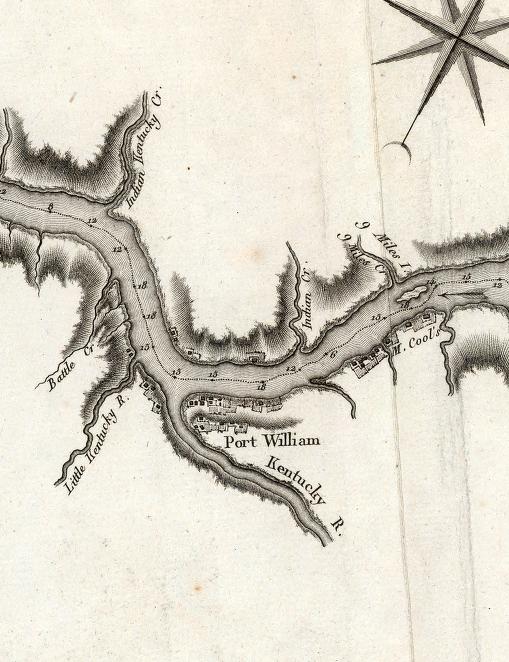Before the Civil War, Madison lived with slavery. With Kentucky owning the river, the land of slavery was just past the water mark. And slave owners routinely brought their chattels into town during the day. Indiana was sometimes free only in name for blacks who were apprenticed for years. And Jefferson County residents ranging from average farmers to top politicians owned slaves.
Apprenticeship was a particularly insidious tool. On Jan 31, 1838, two black teenage boys were apprenticed to Allen E. Arion by the overseers of the poor for Madison Township. The record noted the two had been Arion’s slaves in Kentucky. They probably remained slaves. Arion returned to Kentucky and the 1850 slave schedules showed he owned two males in Louisville and in 1860 he owed a 15 year-old in Shelby County.
Starting in 1818, three blacks were apprenticed to his brother, newspaperman Copeland J. Arion, while a three-year old boy was apprenticed to Allen in 1846. Their prior status was not mentioned.
Blacks were subject to harsher terms than whites. On Feb. 13, 1813, Lucy, a black woman, was apprenticed to Robert Henderson until Sept. 1, 1826 to learn the art of weaving. The contract stipulated she was be apprenticed one year additional for each child born during that time.
A number of Jefferson County residents, including the noted Williamson Dunn, owned slaves in Kentucky, but freed them when they came to Indiana, or freed them when the wrote wills.
But not all did.
While John Walker of Saluda Township order a Negro woman freed via his will in 1835, his wife Cada still owned a 19-year old Negro boy when she wrote her will on March 9, 1856. She noted the slave was “now hired out by my agent Stephen Tutt of Woodford Co., Ky.” And there were probably many more Hoosiers who derived income from slave labor this way.
Some Madisonians came into slave ownership via inheritance. Such was the case with Elizabeth Stapp, wife of Gen. Milton Stapp, lieutenant governor and later Madison mayor. She inherited Horace Branham, who had been owned by her brother. He remained a slave, renamed himself Horace Stapp, and moved to Madison by 1860.
There are few records of Madisonians purchasing slaves. Caleb Lodge of Madison acquired a single slave when he bought a variety of property in Trimble County from Thomas Godman, a member of one of Madison’s pork packing families. But there’s no evidence Lodge kept the slave—his name does not appear on the slave schedules.
Madison’s most famous slave owner, Democratic Senator Jesse Bright owned no slaves in 1850, but had 21 at his Gallatin County farm in 1860. There’s no record of his purchasing them in Gallatin County, but he likely he got them from the Turpins, his in-laws, who sold him the farm as they were slave owners in 1850.
Then, there were four slaves that Jesse owned in Washington D.C., in 1860. It’s likely that at least two of these were among the three young adult slaves purchased by his brother Michael G. Bright in Trimble County.
Michael, not known as a slave owner, probably acquired them for Jesse, just as he took care of his brother’s career in other ways.


No comments:
Post a Comment